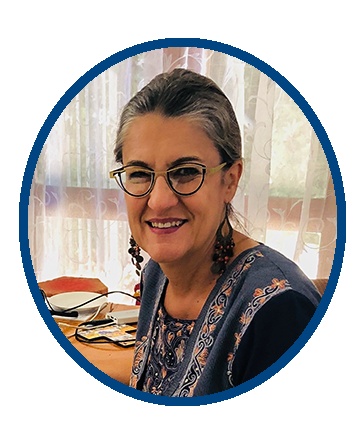
Stellenbosch University
Our cereal quality research programme aims to develop greater understanding of the underlying factors determining and affecting cereal quality using conventional cereal quality analysis techniques. In addition, non-destructive techniques such as X-ray microcomputed tomography are applied to characterise the microstructure of cereal grains as well as the bubble structure of doughs and baked products. Technology for automated grading of cereals for rapid defect detection is investigated.
Vibrational spectroscopy (i.e. conventional near infrared (NIR) spectroscopy as well as NIR hyperspectral imaging in conjunction with chemometrics techniques are used for quantitative, qualitative and authentication studies. Advanced image analyses are applied to study spatially resolved hyperspectral images (chemical maps) of food and agricultural products. The Vibrational Spectroscopy Unit of the Central Analytical Facility (CAF) of Stellenbosch University is housed in the Department of Food Science.
Our Team

Prof. Marena Manley
Experienced Researcher
mman@sun.ac.za

Jana van Rooyen
Early Stage Researcher
janavanrooyen@gmail.com
Publications
- Germishuys Z, Delcour JA & Manley M (2020) Characterisation of flour produced from forced convection continuous tumble roasted wheat differing in hardness and protein content. Cereal Chemistry, 97, 339-348. https://doi.org/10.1002/cche.10250
- Balet S, Guelpa A, Fox G & Manley M (2019) Rapid Visco Analyser (RVA) for measuring starch-related physiochemical properties in cereals: a review. Food Analytical Methods, 12(10), 2344-2360. http://dx.doi.org/10.1007/s12161-019-01581-w
- Schoeman L & Manley M (2019) Oven and forced convection continuous tumble (FCCT) roasting: effect on physicochemical, structural and functional properties of wheat grain. Food Bioprocess Technology, 12, 166-182. https://doi.org/10.1007/s11947-018-2200-8
- Schoeman L, Du Plessis A, Verboven P, Nicolaï B & Manley* (2017) Non-destructive characterization of oven and forced convection continuous tumble (FCCT) roasted maize kernels using X-ray micro-computed tomography (μCT), Innovative Food Science and Emerging Technologies, 44, 54-66. http://dx.doi.org/10.1016/j.ifset.2017.07.021
- Guelpa A, Marini F, Du Plessis A, Slabbert R & Manley M (2017) Verification of authenticity of South African honey and fraud detection using NIR spectroscopy, Food Control, 74, 1388-1396 http://dx.doi.org/10.1016/j.foodcont.2016.11.002
- Schoeman L, Williams PJ, Du Plessis A & Manley M* (2016) X-ray micro-computed tomography (μCT) for non-destructive characterisation of food microstructure. Trends in Food Science and Technology, 47, 10-24. http://dx.doi.org/10.1016/j.tifs.2015.10.016
Projects
- Honey authentication: effect of irradiation and ageing on near-infrared (NIR) spectroscopy classification models.
- Rapid classification of botanical- and geographical origin of South African honey with near-infrared (NIR) spectroscopy.
- Wheat and triticale whole grain near-infrared hyperspectral imaging for protein, moisture and kernel hardness quantification.
- Effect of stone and roller milling on physicochemical, functional and structural properties of sifted wheat flour.
- Incorporation of brewer’s spent grain (BSG) effluent into wheat flour bread.
- Application of imaging techniques to evaluate micro-structural and compositional modification during barley malting.
- Influence of waxy wheat flour blends on dough and bread baking quality as well as shelf life.

